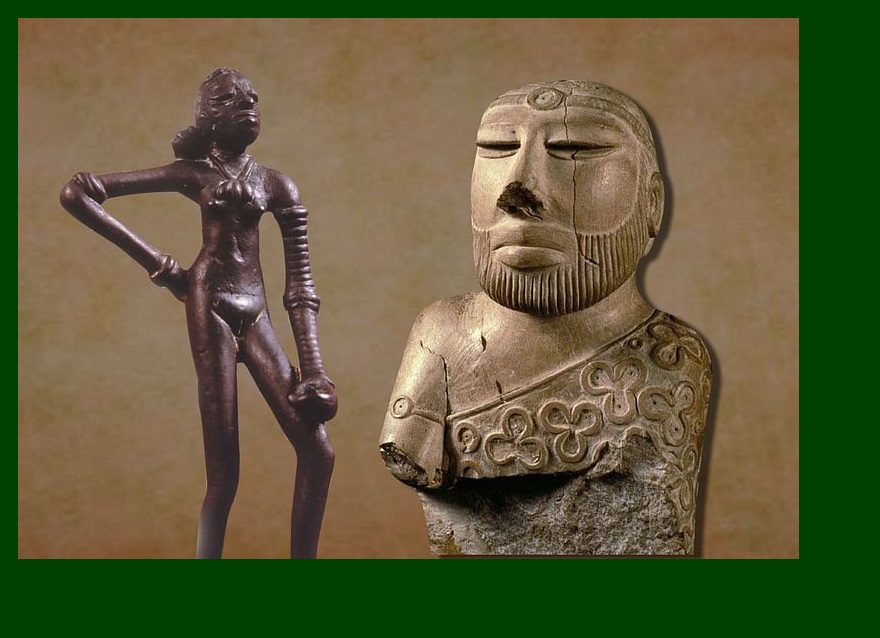The Prehistoric Era
This era is split into three sections: Lower, Middle, and Upper.
The Lower Palaeolithic era starts with the use of tools appearing in the archaeological record 3.3 million years ago.
Art isn’t something that appears during this time. Our species’ ancestors were still developing simple technology and may or may not even have had control over fire.
The Middle Palaeolithic era spans from 300,000 to 30,000 years ago and marks cultural and behavioural development. Jewellery, burial rituals, and possibly body painting are amongst the cultural developments noted during this era.

The Upper Palaeolithic era (50,000 to 10,000 years ago) is where the real art show begins. This is the era that people think of or discuss in terms of prehistoric art. All around the world remains of our species’ artistic creations have been found, from cave paintings to carvings and crude sculptures.
The Cave Art

Bison painting at the Cave of Altamira in Cantabria, Spain. Dated to Upper Palaeolithic Era
Human occupants of the site took advantage of the rich wildlife that grazed in the valleys of the surrounding mountains and marine life available in nearby coastal areas. The cave features polychrome paintings of contemporary local fauna and human hands.
The Paintings, which are dated in two eras of 35,000 and 30,000 years ago, display gesture drawings and sketches overlapping each other show animals in motion or standing or groups. However, there are seldom images of humans themselves.
What must this depict about our species or what the artists’ intentions? But it gives you a glimpse into the life of cave dwellers.

The Hall of Polychromes
What do you think must have triggered a response to paint the local wildlife?

Does it intrigue you to see handprints of Pre-Historic man alongside a Bison?
Visit the below site and experience the 3d animated cave. You will find that our ancestors mixed minerals, clay, charcoal, and ochre with animal fat to develop colours and paint their glory on the cave facades.
Let us visit the below site and try to relive the “Pre-Historic” times and how would have the Caveman lived, with only fire as a source of energy.

What does the Painting speak of?
The Lascaux Caves

At Lascaux caves, The colour pigments used to decorated, were all obtained from locally available minerals. This explains why the Prehistoric Colour Palate used by Palaeolithic painters is relatively limited.
It includes black, all shades of red, plus a range of warm colours, from dark brown to straw yellow. Nearly all pigments were obtained from minerals, earth or charcoal.
At Lascaux, figures were painted with colours obtained from powdered metallic oxides of iron and manganese. At Lascaux, curiously, the various black shades used in paintings were obtained from carbon-based sources (such as wood, bone charcoal).


Hall of the Bulls at Lascaux Caves, France
What sparked the growth and developments of social structures across the world and set wheels in motion from the Hunter-gatherers stage to a stabilized world that breeds on agriculture, was at Göbekli Tepe.

Is it not amazing that ritualistic belief systems started to evolve and direct arrangements and alignments of stones. Do you believe this to be the inception of what we know as “Sculpture”?



